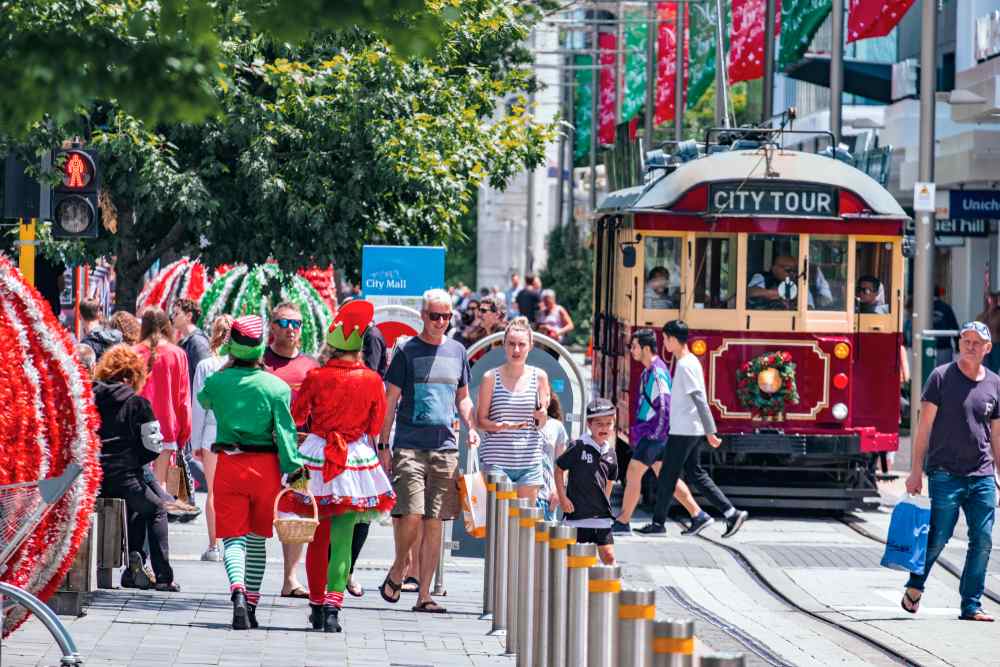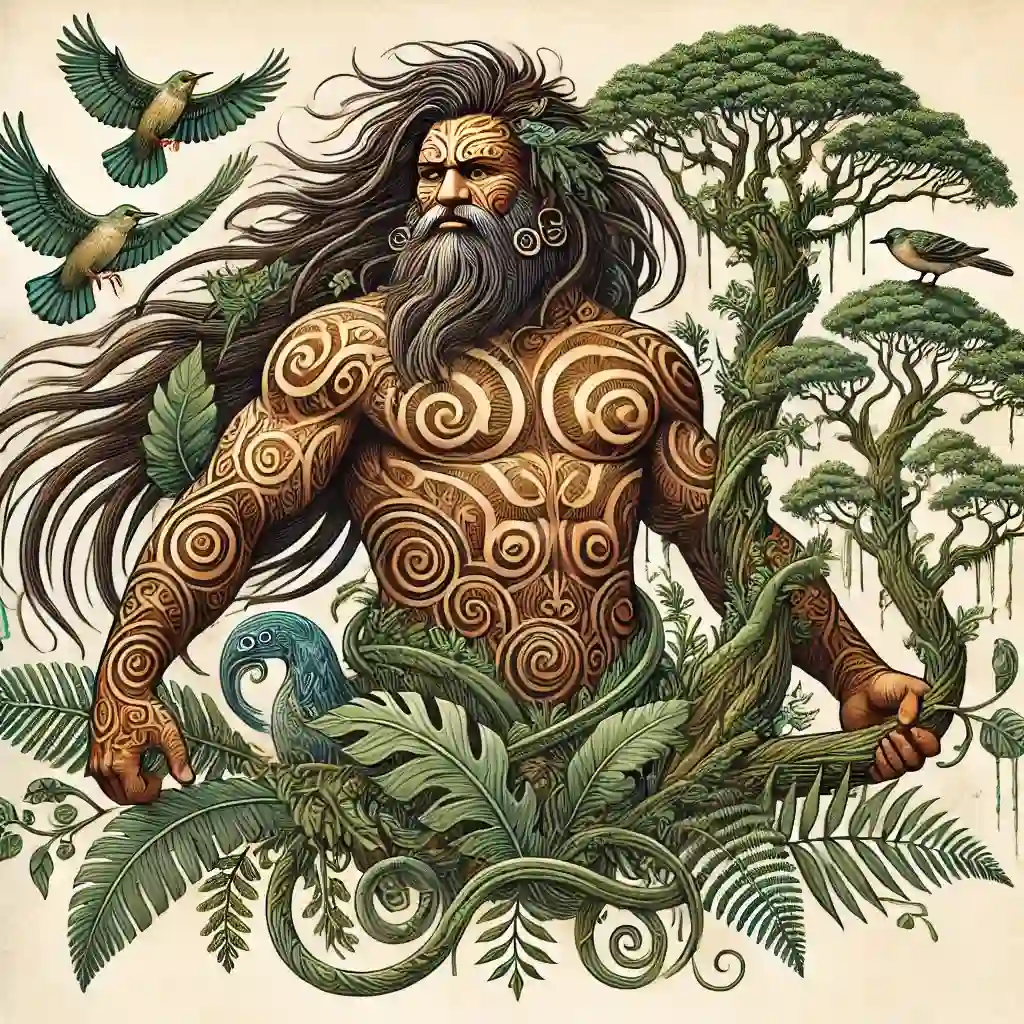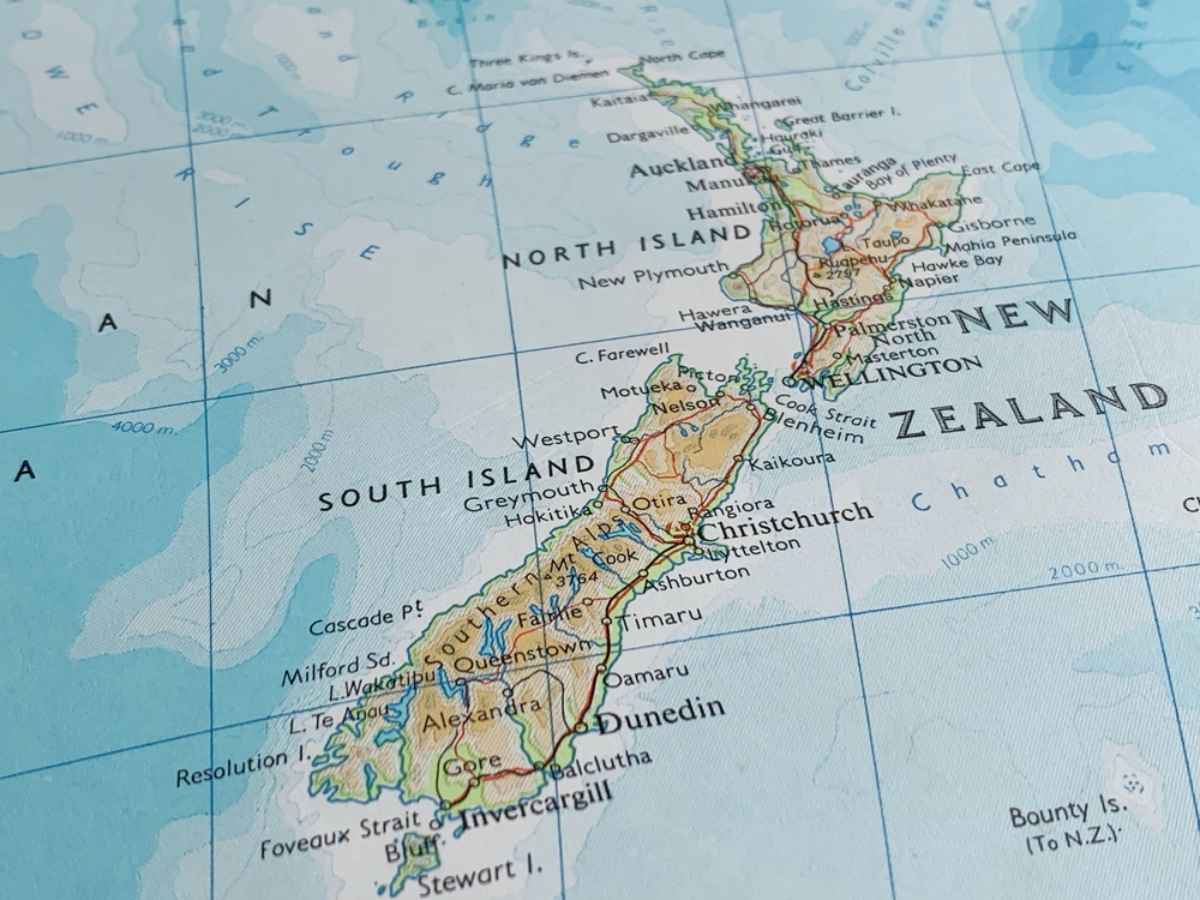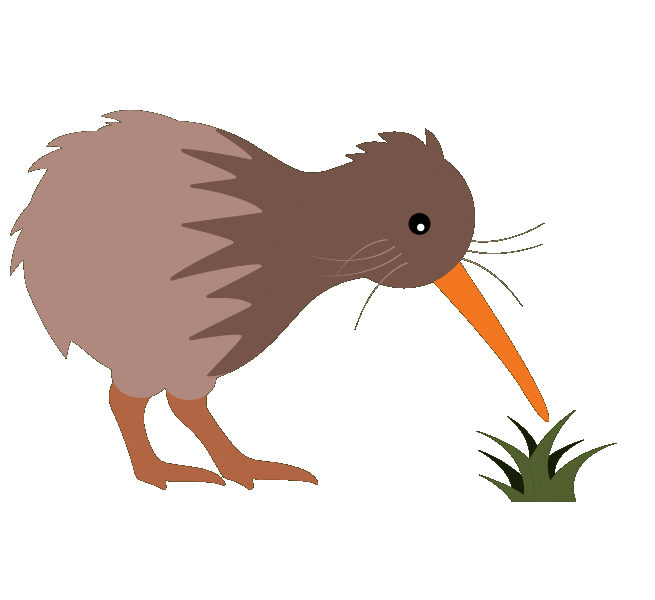The Haka, a traditional Maori dance, is not just a performance but a powerful expression of cultural identity and heritage. Known worldwide, especially through the New Zealand rugby team, the All Blacks, the Haka is more than just a pre-game ritual; it's a poignant representation of Maori culture.
This article delves into the essence of the Haka, exploring its meanings, types, and significance in Maori culture and beyond.
What is the Haka?
The Haka is a traditional genre of Māori dance, known for its vigorous movements, stamping of the feet, and rhythmically shouted accompaniment. It is performed by both men and women for various social functions within Māori culture, such as welcoming distinguished guests, acknowledging great achievements, occasions, or funerals.
The dance has become globally recognized, particularly through its use by New Zealand sports teams like the All Blacks, who perform the Haka before international matches as a challenge to their opponents.
-compressed.jpg)
Meaning of the Haka
The Haka encompasses a range of ceremonial dances, each with its own significance and style. Contrary to common belief, not all Hakas are war dances. The origins of the Haka are deeply rooted in Māori mythology, celebrating life and natural phenomena.
For example, the 'Te Haka a Tānerore' represents the quivering appearance of air on hot days. Different types of Haka include the whakatū waewae, tūtū ngārahu, peruperu, and ngeri, each serving different purposes like psychological motivation for warriors or expression of emotions during funerals.
What is the Significance of the Haka in Maori Culture?
The haka, a traditional Māori dance, symbolizes tribal pride, strength, and unity. Performed by groups, it features vigorous movements like foot-stomping and tongue-protrusion, combined with rhythmic body slapping and a powerful chant, showcasing a tribe's collective spirit.
Performing the Haka is considered an honor, providing a tangible link to ancestors and the past. It is a medium through which stories are told and values are passed down through generations. The Haka is also a tool for social commentary, reflecting the community's response to contemporary issues. This deep-rooted cultural practice continues to evolve, adapting to modern times while maintaining its historical essence.
Its performance is not just a display of physical prowess, but a manifestation of spiritual and emotional strength, deeply ingrained in the Māori way of life.
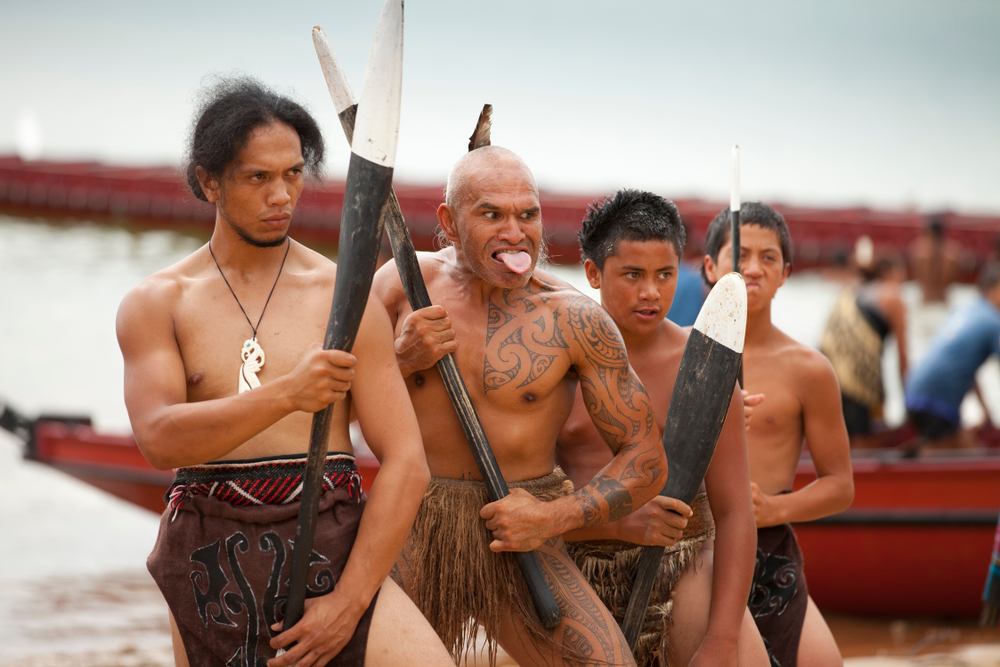
Cultural Significance and Modern Adaptations
The Haka holds immense cultural significance for the Māori people, symbolizing their heritage and values. It's a medium to express courage, joy, or other relevant feelings. Over time, the Haka has evolved, with modern compositions being performed by women and children, and adaptations in various global contexts.
However, non-traditional or inaccurate performances of the Haka have been criticized for cultural insensitivity. The Haka's integration into sports, education, and international relations highlights its importance as a living aspect of Māori culture.
What are the Different Types of Haka?
War Haka (Peruperu)
The War Haka, known as Peruperu, was traditionally performed by warriors before a battle. It involves vigorous movements, facial contortions like showing the whites of the eyes (pūkana), poking out the tongue (whetero, performed by men only), slapping the hands against the body, and stomping of the feet.
The performance is a combination of chanted words, cries, and grunts, symbolizing courage and strength to intimidate the opposition.
Ceremonial Haka
Ceremonial Haka are performed for various social functions within Māori culture, such as welcoming distinguished guests or acknowledging great achievements, occasions, or funerals.
These Haka are often performed by a group and include vigorous movements and stamping of the feet with rhythmically shouted accompaniment.
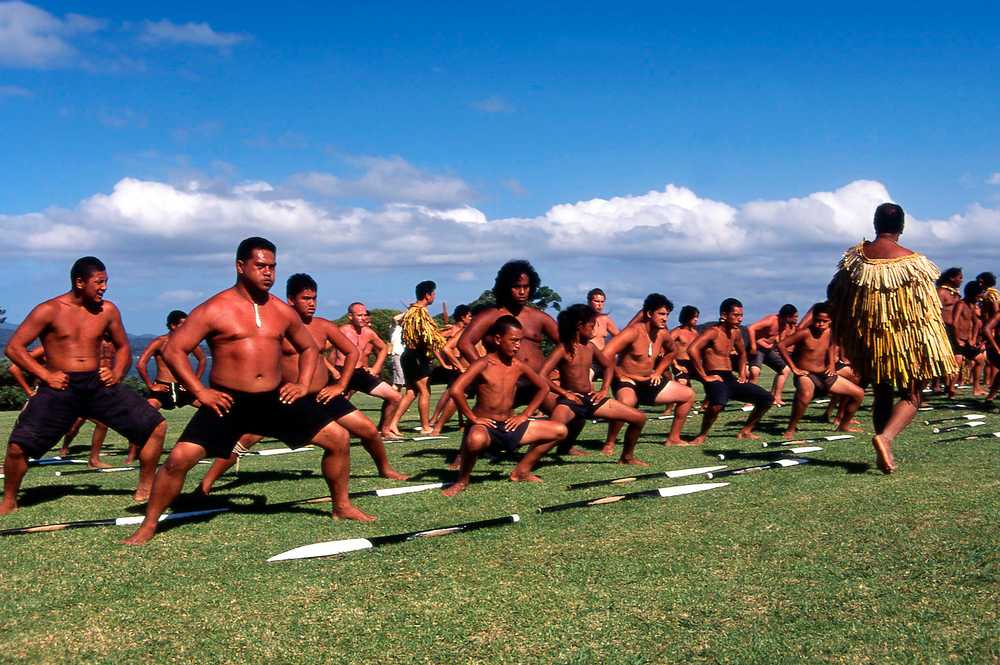
Whakatu Waewae
Whakatu Waewae is a type of Haka performed without weapons, focusing more on the song and dance aspects. Unlike the Tūtū Ngārahu, which involves jumping from side to side, Whakatu Waewae does not include jumping.
The movements in this Haka are expressive and free, allowing performers to express their feelings.
Manawa Wera
Manawa Wera Haka are generally associated with funerals or other occasions involving death. Like the Ngeri, they are performed without weapons and have little or no choreographed movement.
This type of Haka is expressive of grief or protest and is often seen at funerals or political events.
When is the Haka Performed?
The Haka, a captivating and powerful aspect of Māori culture, is performed on a multitude of occasions, each with its own significance. Traditionally, it was used in times of conflict and peace, serving as a tool for both intimidation and welcome. In contemporary times, its scope has broadened remarkably.
The Haka is now a common sight at various events, including official state functions, welcoming ceremonies for distinguished guests, and significant national celebrations. In the realm of sports, it has gained international fame, particularly through rugby, where it is performed before matches as a symbol of unity and strength.
Schools across New Zealand also incorporate the Haka into their curriculum, using it as a means of fostering cultural understanding and pride among students. This expansion of the Haka's use into diverse contexts reflects its adaptability and enduring relevance in both Māori and wider New Zealand society.

Where to See the Haka
Experiencing the Haka in person is a deeply moving and unforgettable experience. Visitors to New Zealand have several opportunities to witness this powerful performance. The most accessible venues are cultural shows and tourist attractions, particularly in regions with strong Māori communities.
These performances are often part of larger experiences that include traditional Māori songs, stories, and cuisine. The Haka is also a staple at national sporting events, especially rugby matches, where the national team, the All Blacks, perform it before each game. Additionally, many local festivals, competitions, and community events across New Zealand feature the Haka, offering a more authentic and intimate experience of this dynamic cultural practice.
Why do the All Blacks Perform the Haka Before Their Rugby Matches?
The All Blacks, New Zealand's national rugby team, have turned the Haka into a global phenomenon. Before each match, they perform 'Ka Mate' or 'Kapa o Pango' - two types of Haka.
This pre-game ritual is more than just a spectacle; it is a profound display of national pride and cultural identity. The Haka serves multiple purposes for the All Blacks. It is a tribute to their Māori heritage, a demonstration of team unity, and a psychological tool to both focus themselves and challenge their opponents.
The Haka performed by the All Blacks has become an iconic aspect of their team identity, resonating with audiences worldwide and showcasing the enduring significance of Māori culture in New Zealand's national consciousness.

Conclusion
The Haka is more than just a dance; it's a powerful expression of the Maori people's identity, history, and values. Whether on the rugby field or at a cultural festival, the Haka continues to inspire and unite, resonating with people around the world.
As travelers, witnessing the Haka is an unforgettable experience, offering a glimpse into the rich tapestry of Maori culture.

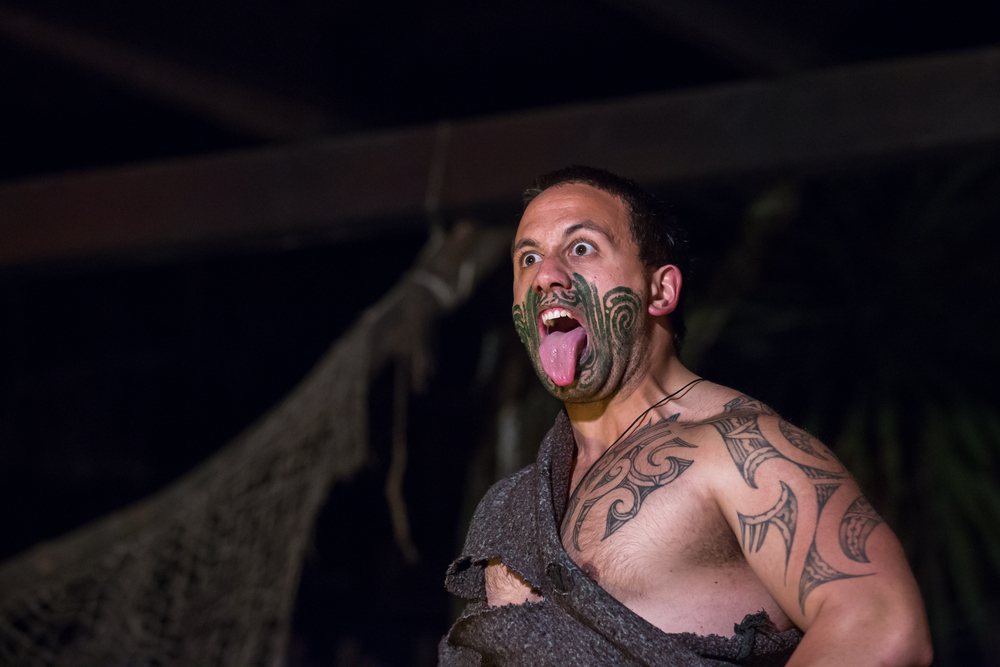
 By
By

